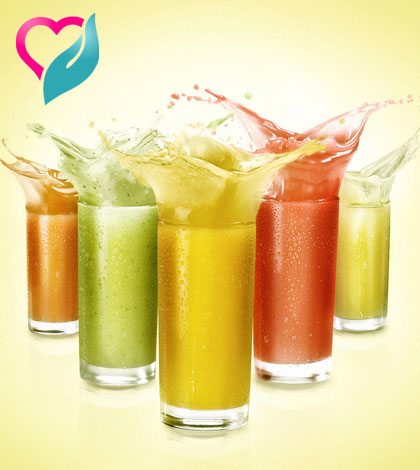Guidelines for Breaking a Fast
Care needs to be taken when breaking a fast so as not to overburden your digestive system. The best benefit of fasting is realized when a fast is broken properly. Taking it slow and easy is not only kind to your body, but allows YOU the opportunity to integrate your new-found clarity on your relationship to food.
[wp_ad_camp_1]
During a fast, the body undergoes several biological changes. Enzymes normally produced by the digestive system have ceased to be produced or have been diminished greatly, depending on the type of fast performed, so introducing food slowly allows the body time to re-establish this enzyme production.
The protective mucus lining of the stomach may be temporarily diminished as well, making the stomach walls more vulnerable to irritation until it also returns to normal. Gentle reintroduction of foods, beginning with the simplest and easiest-to-digest foods, supports this process. Substances known to be irritating to the system, such as coffee and spicy foods, must be avoided during the breaking process.
[wp_ad_camp_4]
Because of these biological changes, overeating immediately following a fast is much worse than overeating at any other time. Your system needs time to readjust back to normal digestion and assimilation. Not taking the proper measures can result in stomach cramping, nausea, and even vomiting.
The adjustment period necessary is based on the length of the fast. Four days is considered adequate for any of the longer fasts, 1-3 days for shorter fasts, and just a day or so for one-day fasts.
Foods to use for breaking a fast
The most nutritious and easy-to-digest foods are used to break a fast initially, gradually adding more diversity and complexity over time.
The type of fast employed will determine the type of foods you use to break it. While juice or fruit are good for breaking a water fast, obviously, they aren’t very helpful in breaking juice or fruit fasts.
To help you determine when to introduce the different food groups, use the following list. It begins with those that are easiest on the system and can be introduced early on, and progresses to those that should be added later.
Depending on the length of your fast, you may go through the list in one day or in 4 days. And you certainly don’t need to eat everything on the list, it’s just a general guideline.
- fruit and vegetable juices
- raw fruits
- vegetable or bone broths
- yogurt (or other living, cultured milk products), unsweetened
- lettuces and spinach (can use plain yogurt as a dressing and top with fresh fruit)
- cooked vegetables and vegetable soups
- raw vegetables
- well cooked grains and beans
- nuts and eggs
- milk products (non-cultured)
- meats and anything else
Any of the first three items are good for that initial “breaking” of a fast, that first thing you eat; raw fruit being the easiest and most popular.
Even if you did a brown rice fast, eating at #8 on the list, you’ll want to start adding new foods from toward the top of the list. This will support re-establishment of more diverse enzyme production beginning with the simplest.
[wp_ad_camp_2]

Top 10 juice fast recipes for alcohol abuse and liver detox
To make your own juice at home, buy an inexpensive juicer with cutting blades and a centrifugal spin. If possible, you want to look for a juicer that operates lower speeds to avoid heating and thereby damaging nutrients, adding oxygen to the juice and eliminating impact shock to the fruit or vegetable. Otherwise, you can press juice or squeeze juice by hand or using a presser.
If you have been diagnosed as a chronic alcoholic or drug addict, the following recipes might help you restore balance to your internal organs and systems..
1. Carrot, Beet Juice
4-5 carrots
3-4 small beets
This is one of the most detoxing juices for the body and specifically for the kidneys. If you are new to juicing, you may want to start with half a dose at first just to test for dizziness, when detoxification starts.
2. Carrot, Beet Juice+
1 carrot
1/2 beet
1 stick celery
1 cucumber
This is a great breakfast drink and is very effective in liver cleansing.
3. Citrus Blend
1 small lemon
2-3 oranges
1 grapefruit
Feel free to add 1 teaspoonful of honey, if the juice is too bitter. As with many other juices, this treatment works best if you drink it in the morning before breakfast.
[wp_ad_camp_3]




























Pingback: Fatty liver - Causes and Management | Ethnic Health Court
Pingback: Alcoholism Home Remedies | Quit Alcohol Addiction Naturally | Ethnic Health Court